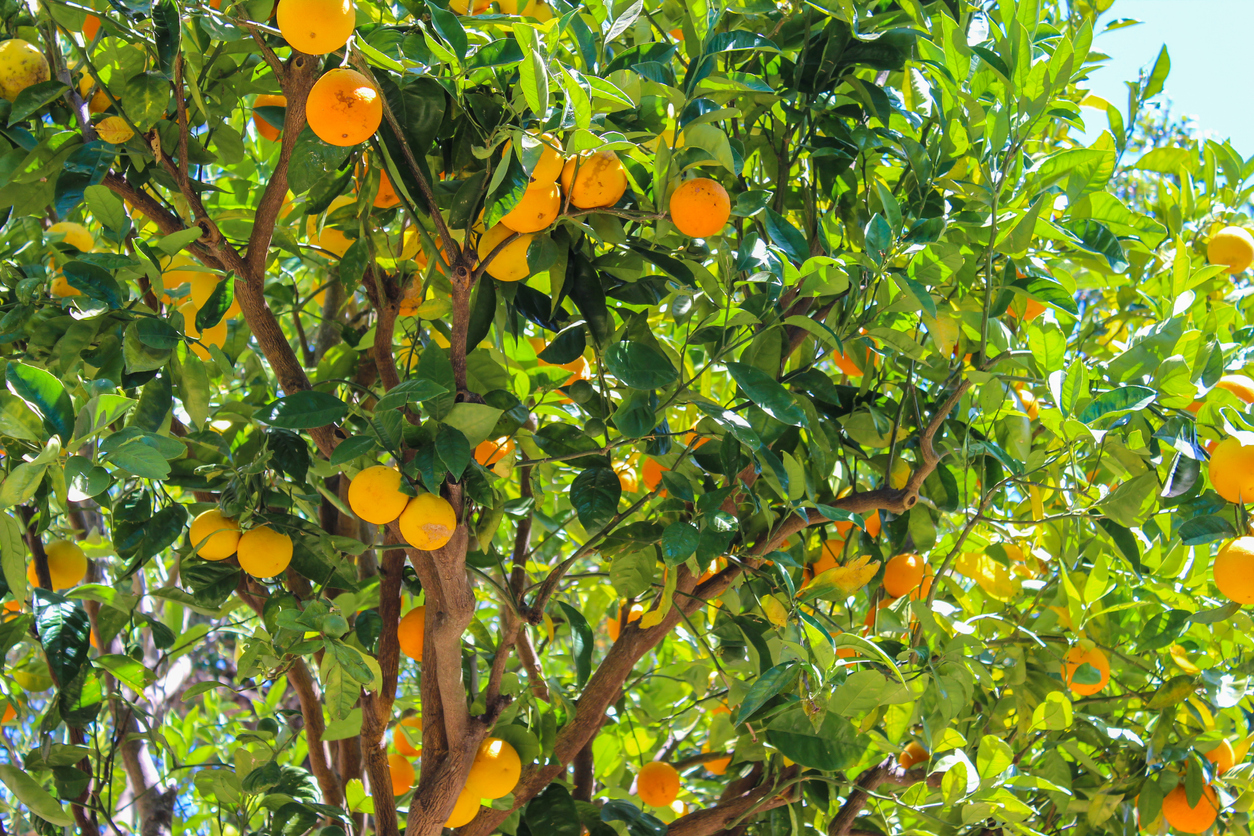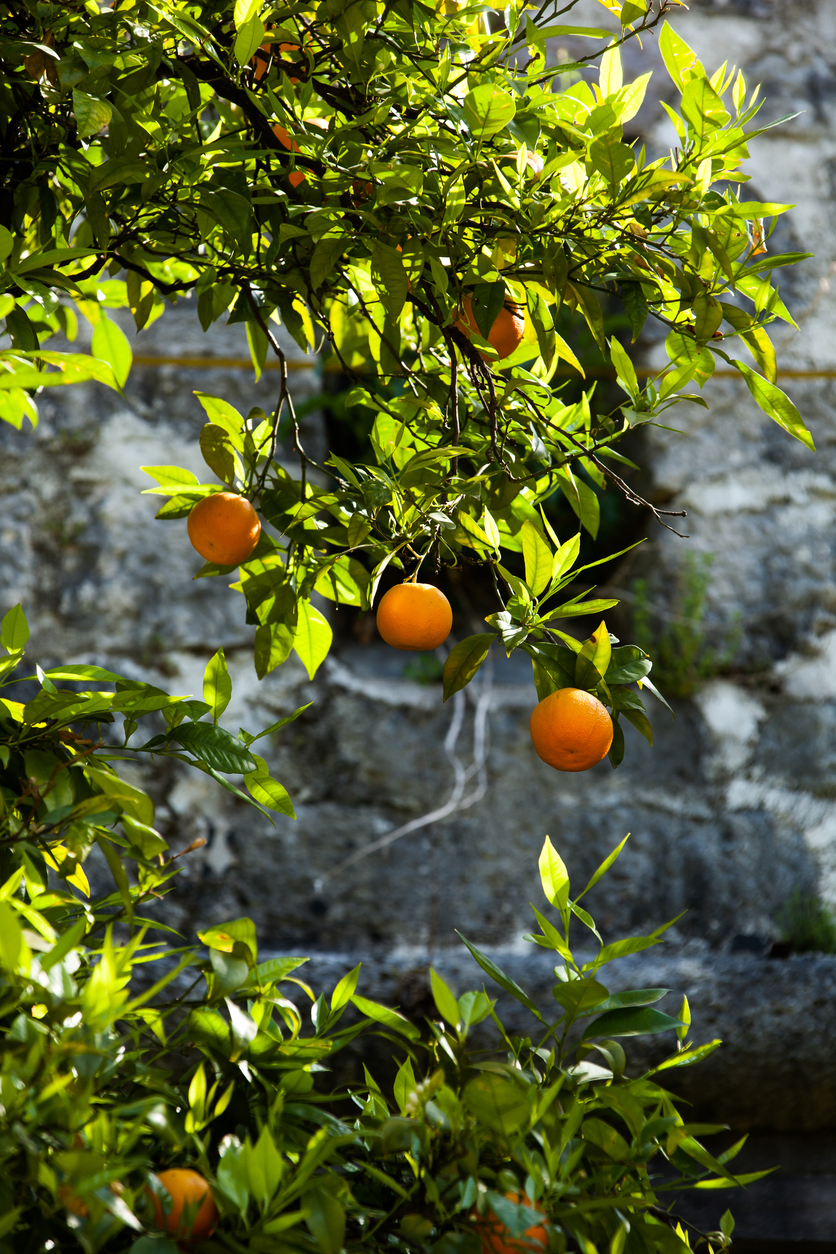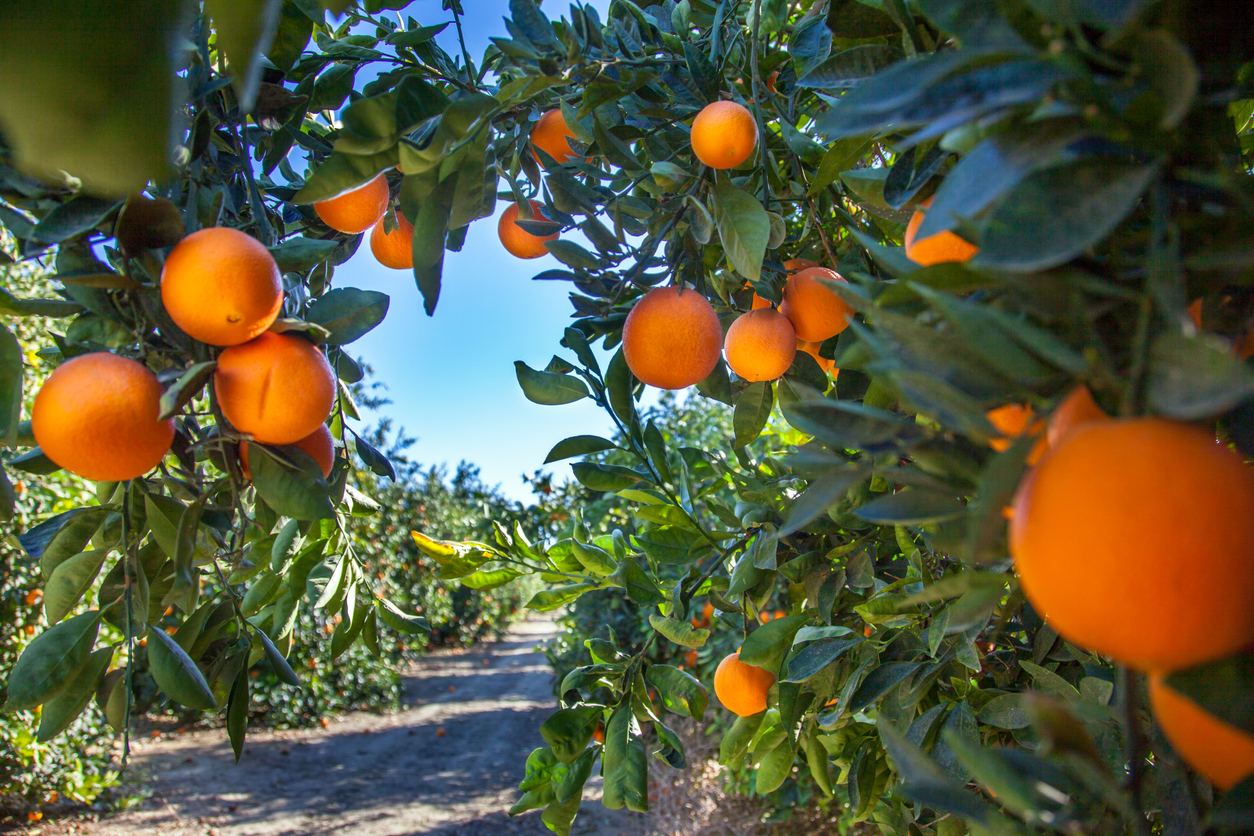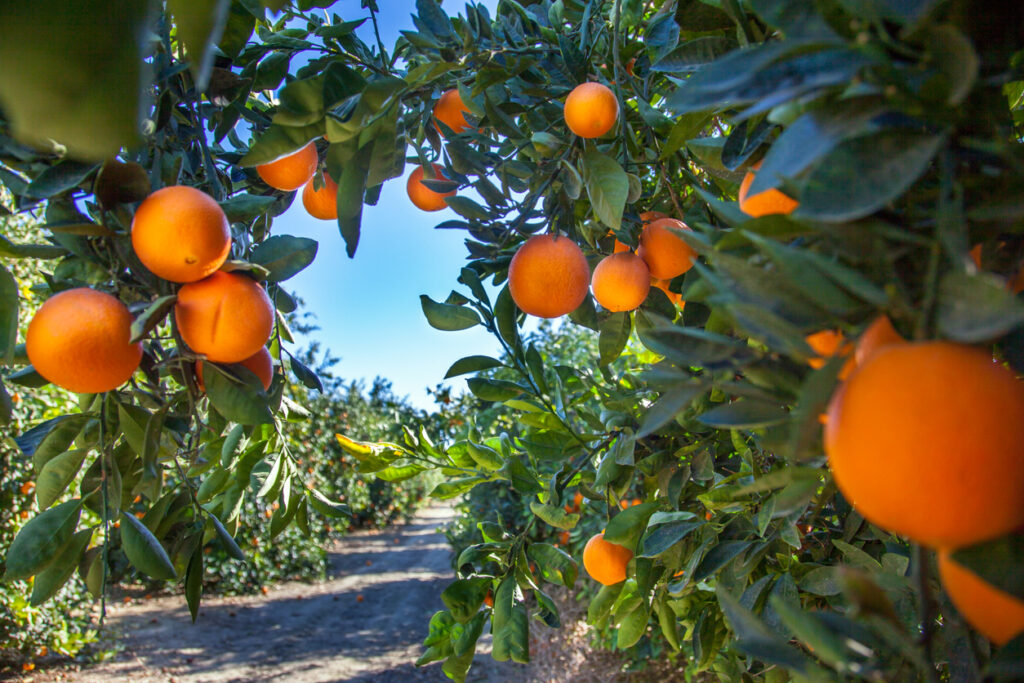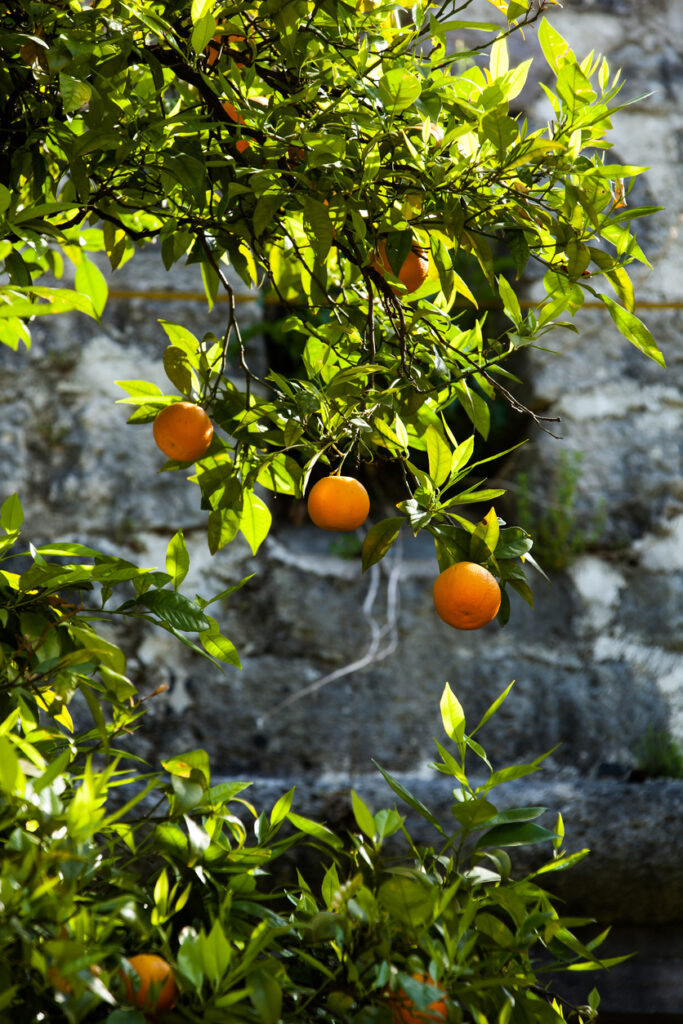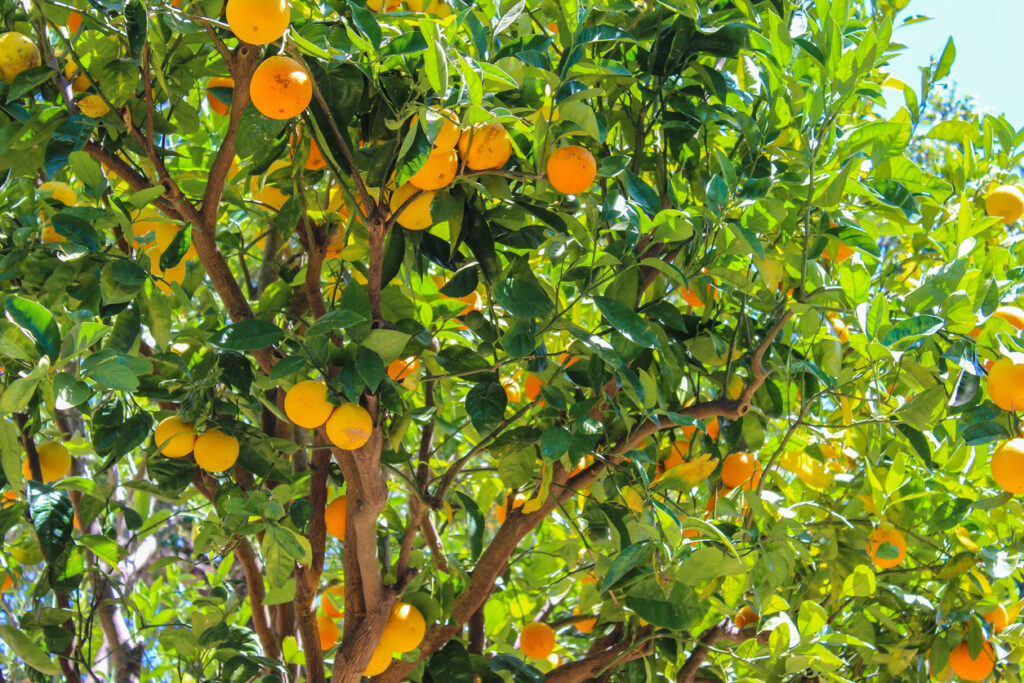Oranges: How To Grow, Care For, And Harvest Oranges
There’s no denying that the humble oranges have become an essential part of every healthy breakfast. One just can’t imagine starting the day without the quintessential glass of OJ. Inspiring a cheerful color all on their own, oranges are packed with vitamins and nutrition. One glass of orange juice gives you about 64 percent of your daily needs of vitamin C. But it’s really the aroma and the right balance between acids and sugars in the orange pulp that gives this fruit its enduring presence on every breakfast table.
Naturally, you might be tempted to grow an orange tree in your garden. Besides the shade and juicy fruits, this member of the citrus family has delicate and aromatic flowers as well. Since trees are known for their longevity, you need to know a little more about the growing and care of the orange tree. This article will guide you through this process and help you select the right orange variety.
All About Oranges
As a member of the citrus family, sweet oranges (Citrus X sinensis) are not a natural species on their own. They are in fact a hybrid of mandarin and pomelo. Even the pomelo was itself a hybrid as well. So you can imagine the long-winding history behind the simple orange on your dining table.
The first to introduce oranges to Europe was the Portuguese merchants. That is why in many European languages, the word for orange is a derivative of the word Portuguese. However, it was in South China that humans first crossbred the two citrus species to create the sweet orange we know today.
But not all gardeners grow oranges for their fruit. The good news is the tree is an evergreen one. So if you grow it for its ornamental value, you’ll have green foliage and shade all year round. The mature tree reaches about 30 feet high. It has dark green leaves that grow to about 3.9 inches long. The leaves are usually oval in shape.
Once the flowers have pollinated, they fade and are replaced by the green fruits. The orange fruit varies in size and shape. Most oranges are round and orange when they’re ripe. But other varieties can be oblong and when they ripen, they become yellow. The pulp of the orange is either pale yellow or red and usually has about 10 segments.
Varieties of Oranges
Since sweet oranges are themselves hybrids, you can expect to have plenty of cultivars to choose from. From the time the Portuguese have brought this exotic fruit from Eastern Asia, agriculturalists have been busy improving it and cultivating new species with more sweetness, less acidity, and little or no seeds at all. Here are some of the best known orange varieties for your garden.
- Valencia Orange: A very popular variety distinguished with sweet flavors and low acidity levels. It’s the only orange you can harvest in the summer and it comes from California, not Spain as some people might think. It has round and bright orange fruits that produce plenty of juice.
- Navel Orange: This is the orange to eat rather than make juice. Some experts trace its origins back to Brazil where the odd shape at the bottom that looks like a bellybutton gave it its name. The fruits are seedless so you can only grow it through a cutting. It’s a fleshy fruit although it’s less sweet than Valencia orange.
- Clementine: If the sweet orange was a hybrid of a mandarin and a pomelo, the clementine is itself a hybrid of sweet orange and a mandarin. The fruits are small, seedless, and very sweet. The rind is easy to peel off since it doesn’t stick to the pulp as other varieties. Clementines are mostly for eating not making juice.
- Blood Orange: Named because of its peculiar red flesh. However, that extra redness only indicates a high concentration of antioxidants. Although from the outside they don’t look different from the Valencia orange, the flesh more aromatic and has a raspberry flavor. You can either eat it or make sweet juice out of this variety.
How To Grow Oranges
Orange trees have USDA hardiness zones between 8 and 10. Even if you don’t have the right weather conditions to grow the orange tree, you can still plant it in a greenhouse. There are many ways you can grow this tree. You could start it from a seed, a cutting, or buy a seedling at a nursery. Here we’ll cover starting the orange tree from seeds in easy steps.
- Pick an orange fruit and cut it with a knife. Carefully extract the healthy seeds inside without damaging them. Don’t use dry seeds or dented ones. These have a low chance of germinating.
- Wash the seeds immediately and remove any pulp hanging on them. You don’t have to dry the seeds.
- If you’re not going to plant the seeds right away, you can keep them in a plastic bag and put them in the fridge so they stay moist.
- Select a shallow container and fill it with a general-purpose potting mix.
- Dig a small hole about a half-inch deep and plant the seed in it. Cover it with soil but don’t pack it.
- Water the soil until it flows out of the drainage hole. This helps the soil settle but make sure the water doesn’t pool around the seeds.
- Keep the container in a bright place that gets the full sun. Ideally, the temperature should be between 75 degrees and 85 degrees Fahrenheit.
- When the seedlings are about 3 inches high with about 3 sets of leaves, you can thin them out. Keep the healthy seedlings and prepare them for the outdoors to harden them.
- Pick a spot that gets full sun and is protected from the strong winds as a permanent place for your orange tree.
- Dig a hole as deep as the pot the sapling came in and ease the plant out of its pot.
- Place the sapling in the hole and fill it up with a mixture of soil and organic compost.
- Water the soil immediately.
Oranges Care
Fruit trees including oranges are heavy feeders. You’ll need to fertilize the soil regularly and make sure the tree gets enough sun every day. That said, harvesting oranges is usually straightforward since you have a large window and the fruits don’t spoil if left on the tree well after they are ripe.
Soil
The more well-drained and loose the soil the more successful your orange tree will grow. Loamy soil is ideal for this member of the citrus family. Check the pH levels of the soil first and adjust them to hover around 6.0 and 7.5. That is slightly acidic but that’s how citrus trees love their soil. If you’re worried about the poor drainage of the soil, you can build a mound and plant the tree on top of it. Don’t use mulching around the tree since it retains moisture in the soil.
Fertilizer
In the first few years of the orange tree’s life, it needs plenty of plant food supplements. You can use a well-balanced 6-6-6 fertilizer about once every two to three weeks. In addition, you should also give the tree calcium and magnesium supplements to keep it healthy. Once the tree starts to bear fruit, it will need less fertilizer. You should apply the fertilizer in the early spring throughout the summer. In the fall, the tree growth slows down so it doesn’t need fertilizing.
Water
The water requirements of the orange tree vary depending on its canopy size and age. A mature tree with a canopy averaging 30 feet needs water once every four weeks. A small tree needs water about once a week. That also depends on the weather and time of year. In the summer, the young tree will need more water than in the fall or winter. Dwarf trees and those grown in containers should be irrigated twice a week in the spring and summer months.
Pruning
As the orange tree grows and its branches get intricate, you’ll need to prune them to allow sunlight into the canopy. The best time to prune the tree is in February or early March. That’s before the growing cycle of the tree. Make sure the branches don’t cross over. For mature trees, you might need a pole saw to cut the thick branches. Always sterilize the pruning shears before pruning to prevent the spread of diseases. Trees growing in containers need more regular pruning than those growing in the garden or the greenhouse.
Pests and Diseases
Orange trees attract a plethora of pests and bugs whose very existence relies on the leaves and sap of the citrus tree. You’ll often encounter aphids, citrus gall wasps, fruit flies, and citrus leafminers among other pesky bugs. They mainly feed on the leaves and you might see the wasp larvae crawling all over the branches. For large trees, you might have to spray a strong pesticide to get rid of these infestations.
Rot is often the main disease that threatens the life of the orange tree. From root rot to European brown rot and sooty mold, you’ll have to look for the early signs of these diseases and take immediate action. Root rot is the result of poorly drained soil and overwatering. European brown rot causes the fruits to soften and turn gray. You’ll have to remove the infected fruits to stop the spread of the disease. As for sooty mold, it’s a black powdery mold that covers the leaves, fruits, and flowers. It’s caused by insects, so treating pests early helps prevent this disease.
Harvesting
Most orange varieties take between 6 to 8 months for the fruits to become ripe. Except for Valencia oranges, all other cultivars are ready to harvest in the winter. In warm weather, the orange becomes ripe in November. In mild to cold temperatures, you might have to wait until March to gather your crop. Oranges need to ripen on the tree so avoid cutting unripe fruits since they’ll stay green. You can pluck them by hand or use clean shears to cut them off. The ripe orange tree can be stored for weeks at room temperature.
